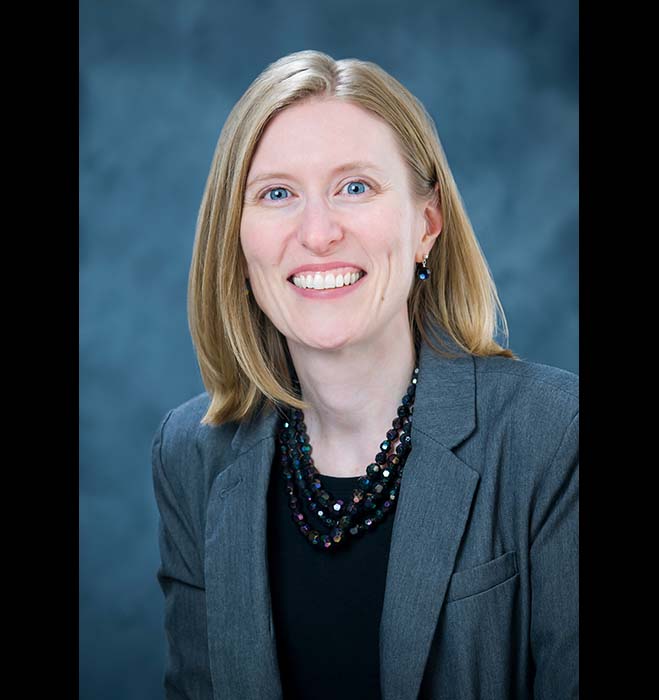Improving Accessibility and Comprehension of Tornado Warnings in the Southeast for Deaf, Blind, and Deaf-Blind
September 30, 2021
Kathleen Sherman-Morris (MSU) and Jason Senkbeil (University of Alabama)

The main goal of the project was to improve the communication of tornado warning information to people who are deaf, blind or deaf-blind. The most significant outcome from the first round of interviews conducted with people who are blind was that this population would like a greater level of geographic description in the communication of tornado warnings. This is relevant not just for people who are blind, but also for those driving in cars or similar situations where use of vision is limited. The most important types of information were neighborhood specific (as defined by the participant) details and trajectory information (where will the tornado be when) because this information is used to help confirm the warning. A second round of interviews with people who are legally blind showed that the higher level of detail was often rated more helpful and more dependable. However, comments indicated additional geographic detail led to confusion for some. Based on results from the interviews with this population, the investigators are currently exploring geospatial risk personalization among the sighted population (funded through NOAA NA19OAR4590219). A text-based probabilistic warning was also tested with participants who are legally blind. Intention to take shelter upon receiving the warning was higher with current deterministic warning types (over the probabilistic warning). Participants interviewed said they would use the time while in the 50% probability area to wait for more information and prepare. Barriers existed for this sample primarily in the alerting and risk assessment phase. While most participants were very able to respond to a warning, one constraint to action stood out. Six participants reported having no shelter or a lack of transportation to get to a shelter since they could not drive themselves. The lack of audio for television warning crawls also posed a barrier to some participants. Problems were reported with the crawl information not being read aloud and for text information such as NOAA weather radio warning information requiring too much time to cycle back to the beginning. This information gleaned from the interviews can be used operationally to inform text-based messages. This project was discussed in a publicly available webinar hosted by the
Centre for Crisis Studies and Mitigation at the University of Manchester.
Interviews were also conducted with Deaf and Hard of Hearing (D/HoH) participants in Alabama to determine deficiencies in the tornado warning communication process for this population. Similar to the hearing population, the preferred method for receiving tornado warning information was local television coverage; however, not all participants in our sample relied on television. The problem of insufficient closed captioning causes D/HoH people to use a variety of other sources to alleviate confusion. The stated protective action decisions made by our D/HoH participants were similar to the hearing population, but for many the actions taken during their last tornado warning painted a picture of uncertainty and indecision. The most popular suggestion for ways to improve the tornado warning communication process was to have an ASL interpreter live on screen with local television tornado warning coverage. We designed and developed a pilot of an ASL emergency weather broadcast. Using high speed internet and video streaming technology with ASL interpreters would make it feasible for D/HoH citizens across the U.S. to access severe weather information by requesting that their local weather forecast be ASL interpreted in real time. Having an ASL interpreter next to a local television weather forecaster eliminated the confusion and delayed understanding of tornado warning information that D/HoH people currently experience. In addition to the creation of an ASL split screen product, other popular suggestions were for improvements to existing captioning and phone alerts. The National Weather Service is expanding their outreach efforts for the D/HoH population through more accessible workshops on basic meteorology and storm spotting. The eventual operational use will be in broadcast meteorology if this technology is adopted, and in continued discussions with NWS to better serve this population. This project was discussed in a publicly available webinar hosted by the
National Weather Association.
Publications from the grant include:
Senkbeil, J., Griffin, D., Sherman-Morris, K., Saari, J., Brothers, K. (2021) Improving Tornado Warning Communication for Deaf and Hard of Hearing Audiences. Journal of Operational Meteorology 9(2) 18-35.
Sherman-Morris, K. Pechacek, T. Griffin, D, Senkbeil, J (2020) Tornado warning awareness, information needs and the barriers to protective action of individuals who are blind. International Journal of Disaster Risk Reduction. https://doi.org/10.1016/j.ijdrr.2020.101709
